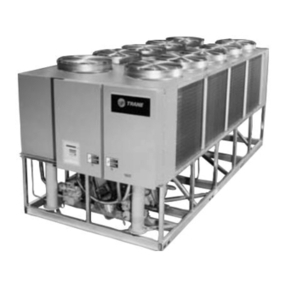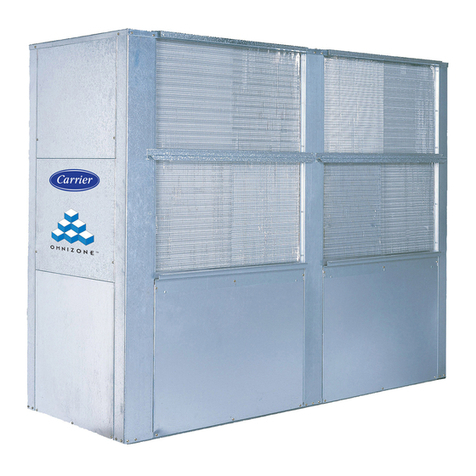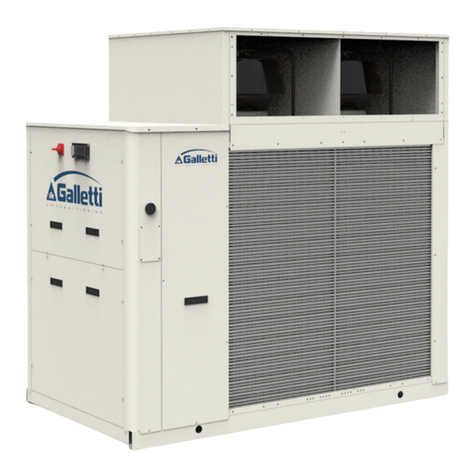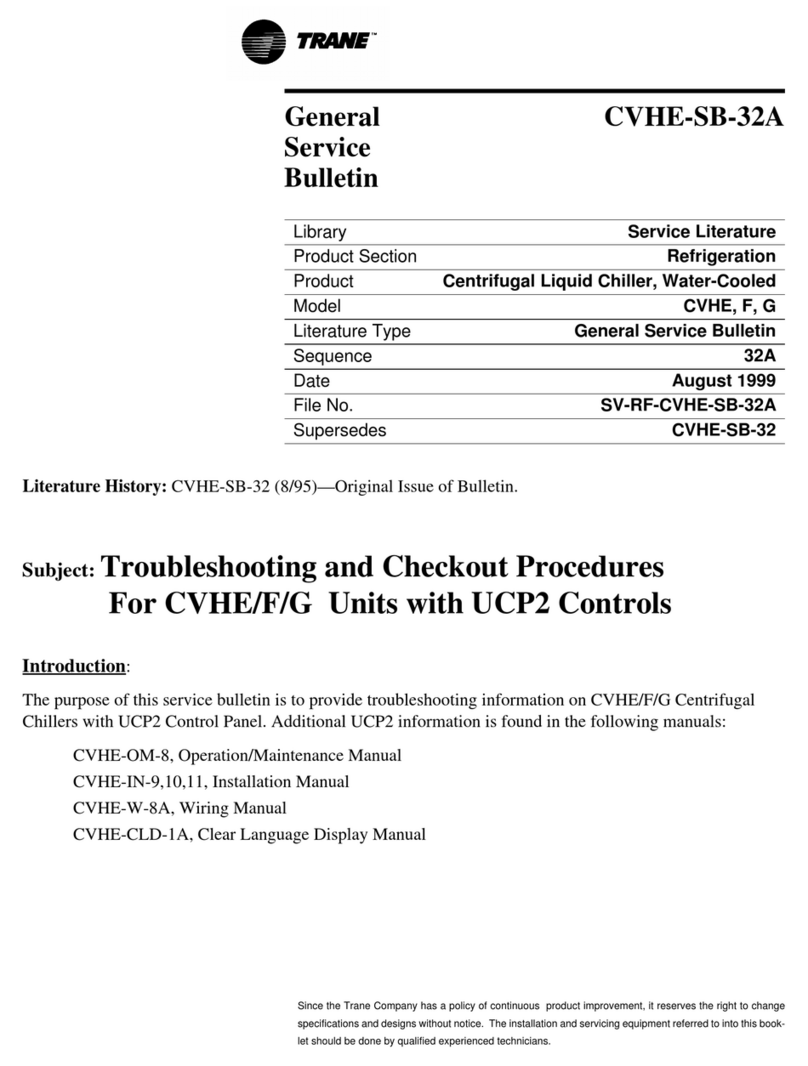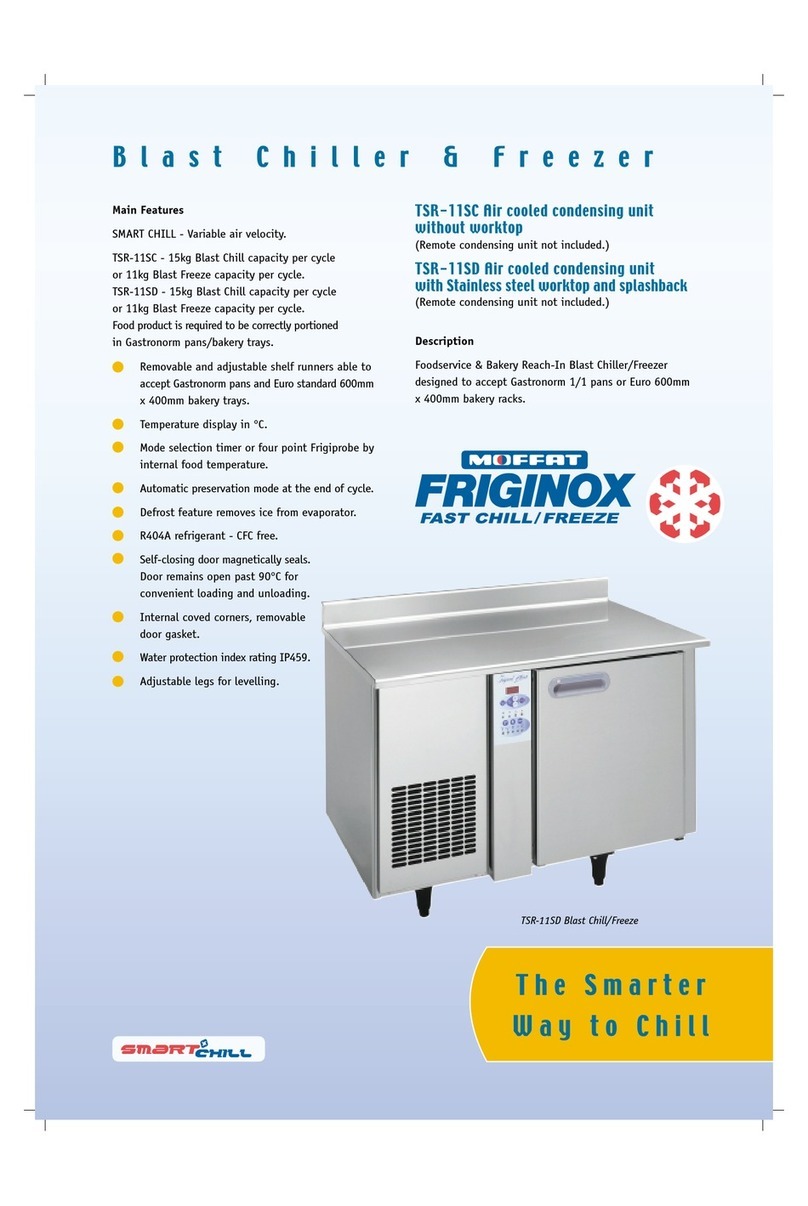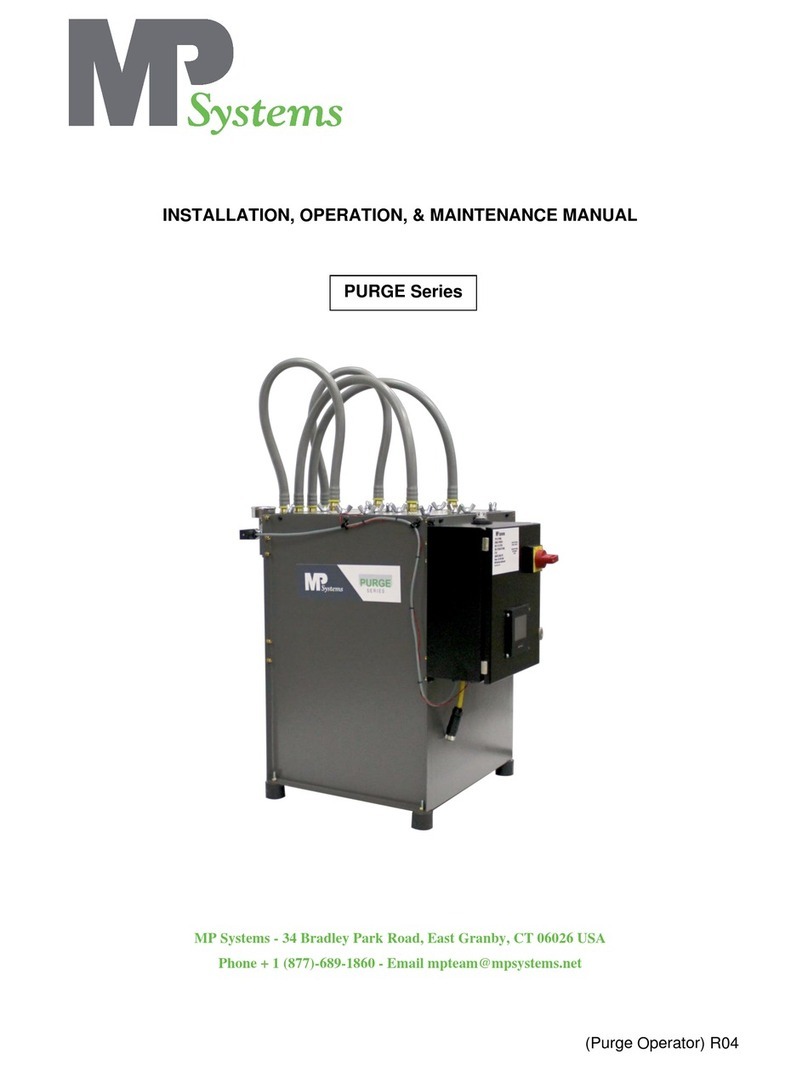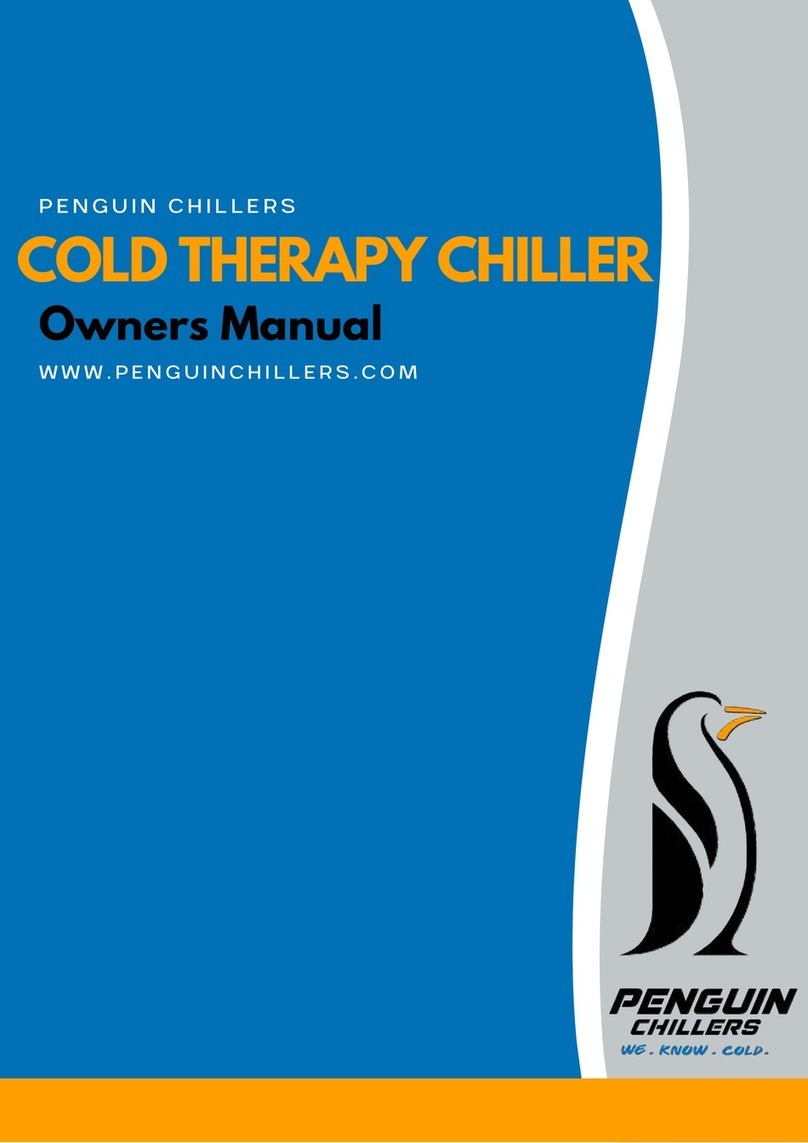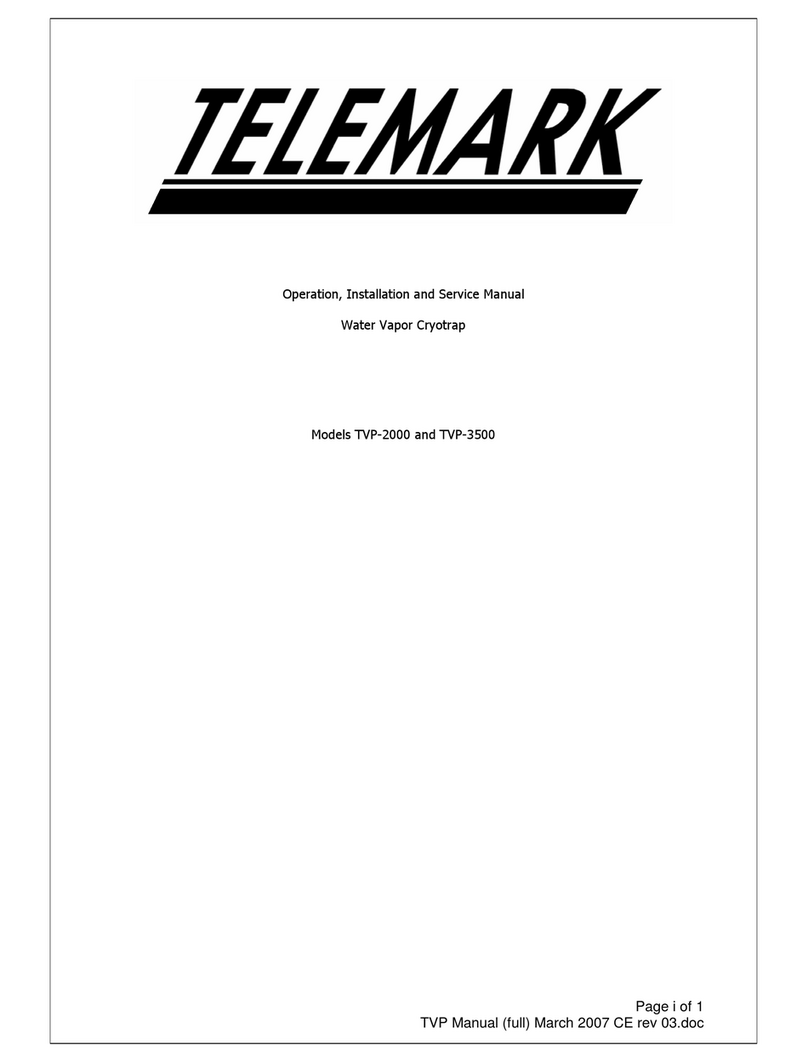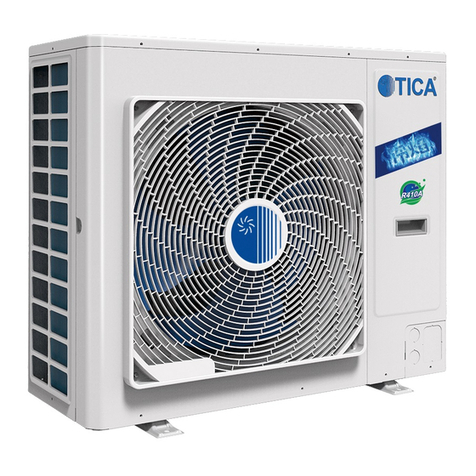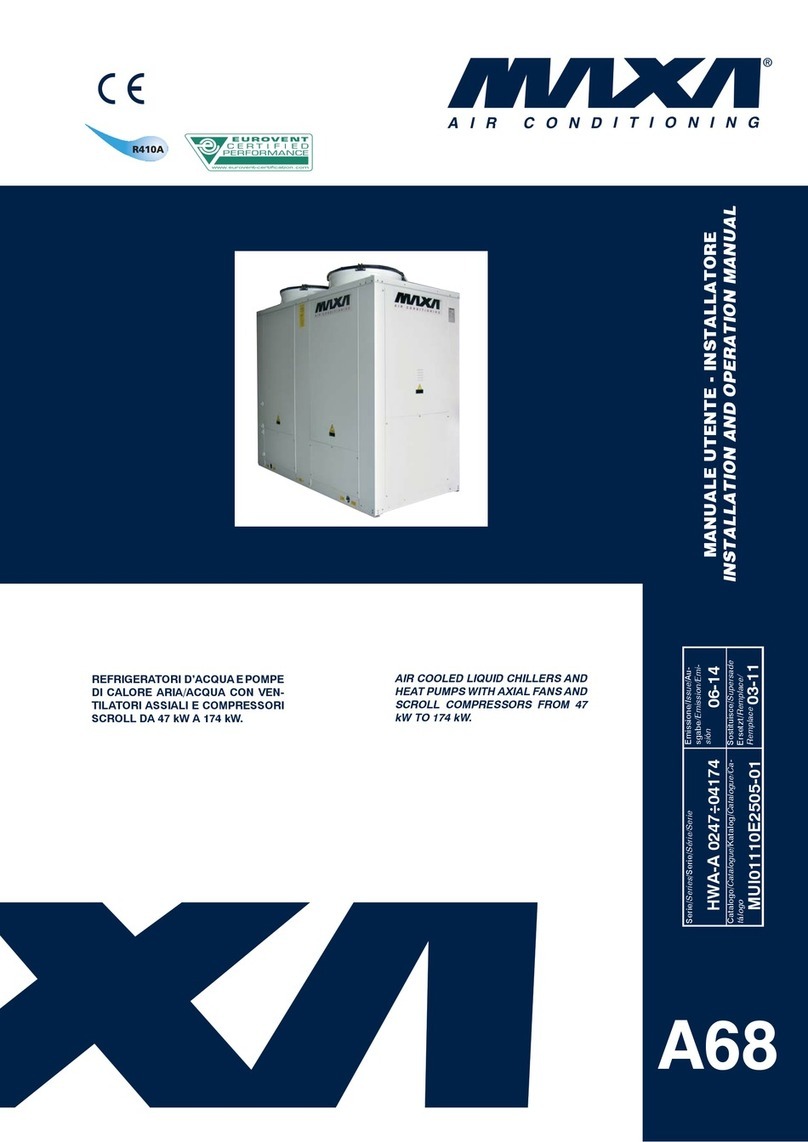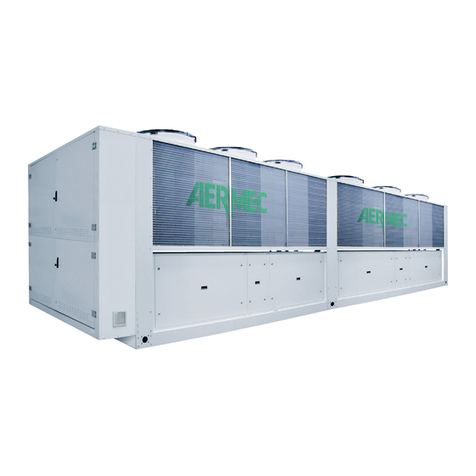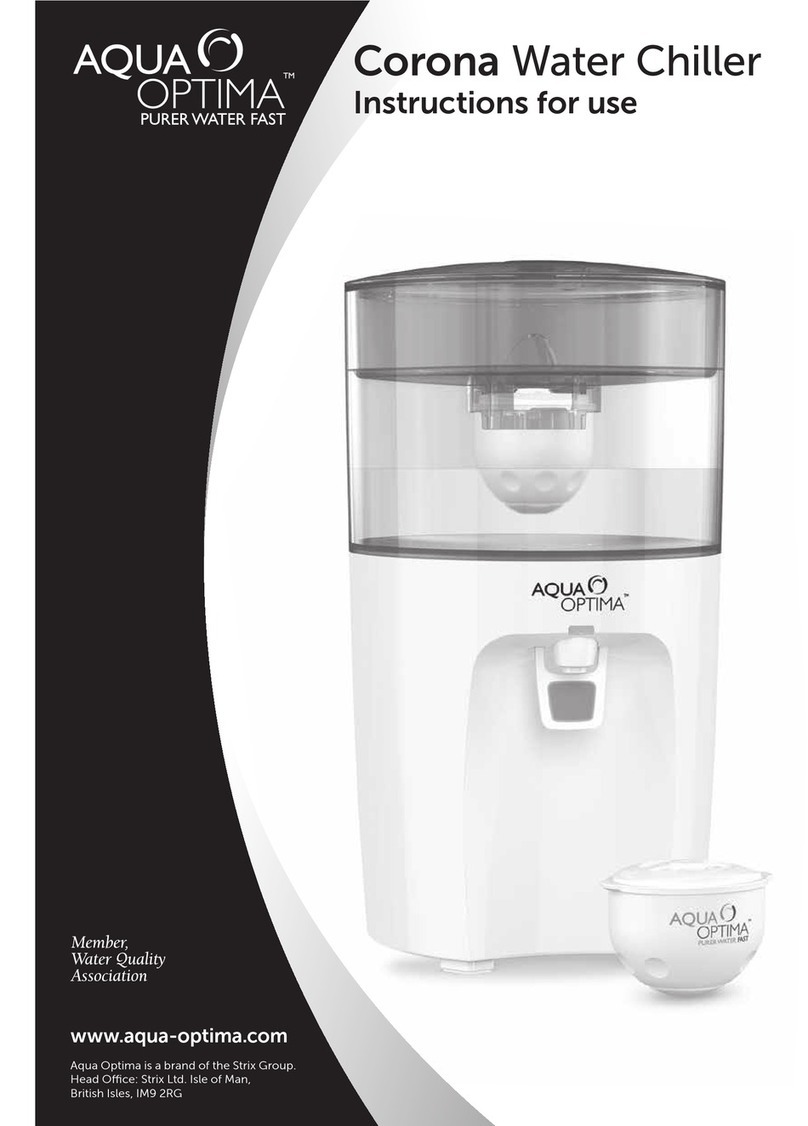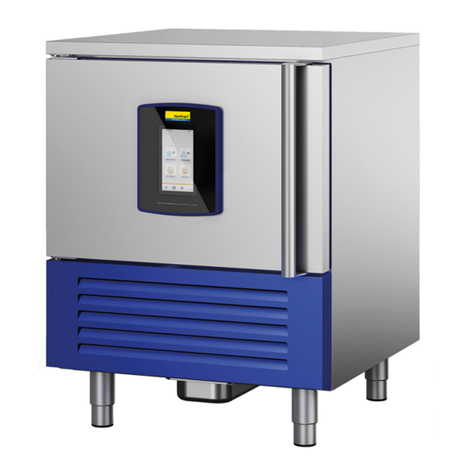
WARRANTY INFO
THANK YOU FOR PURCHASING A RITE-TEMP WATER CHILLER. WE ENCOURAGE YOU TO READ THE ENTIRE
INSTALLATION MANUAL BEFORE ATTEMPTING TO INSTALL THE CHILLER.
IF YOU ENCOUNTER ANY PROBLEMS OR HAVE ANY QUIESTIONS, CALL US IMMEDIATELY. OUR STAFF OF
TECHNICIANS ARE ON HAND TO ASSIST YOU DURING THE HOURS OF 7:00am TO 4:00pm (CENTRAL TIME)
MONDAY THROUGH FRIDAY.
OUR TOLL FREE TELEPHONE NUMBER IS: 800/462-3120
IN WARRANTY REPLACEMENT PARTS
Should you require replacement parts for Rite-Temp equipment, they may be obtained by calling the factory directly.
When requesting in warranty replacement parts, it is necessary to furnish the equipment model and serial number, part description, and
shipping information. Upon determination that the defective part is in warranty, a return authorization expires after 30 days and returned
parts will no longer be accepted.
Should you have any questions please call the factory directly.
BASIC WARRANTY
RITE-TEMP MFG., INC. MAKES NO WARRANTY OF MERCHANTABILITY AND NO WARRANTY OF FITNESS FOR
ANY PARTICULAR PURPOSE, NOR DOES IT MAKE ANY WARRANTY, EXPRESS OR IMPLIED, OF ANY NATURE
WHATSOEVER WITH RESPECT TO PRODUCTS SOLD BY RITE-TEMP OR THE USE THEREOF EXCEPT AS IS
SPECIFICALLY SET FORTH ON THE FACE HEREOF, EVEN THOUGH IT MAY HAVE BEEN NEGLIGENT, RITE-TMEP
SHALL IN NO EVENT BE LIABLE FOR DIRECT, INDIRECT SPECIAL, INCIDENTAL, CONSEQUENTIAL OR PENAL
DAMAGES. RITE-TEMP MAKES NO WARRANTY OF ANY KIND, EITHER EXPRESS OR IMPLIED, TO ‘CONSUMERS’
AS THAT TERM IS DEFINED IN SEC. 101 OF PUMBIC LAW 93-637, THE MAGNUSON-MOSS WARRANTY –FEDERAL
TRADE COMMISSION IMPROVEMENT ACT.
Rite-Temp Mfg., Inc. warrants to the original Purchaser-User that products manufactured by Rite-Temp shall be free from defects in
material and workmanship under normal use and service for a period of twelve months from date of shipment from Rite-Temp plant.
There is an additional four –year warranty on the original compressors only.
The obligation of Rite-Temp under this warranty is limited to Rite-Temp repairing or replacing, free of cost to Purchaser-User F.O.B.
factory, any part of parts that in the judgment of Rite-Temp show evidence of defect provided that upon Rite-Temp authorization the said
part or parts be returned to Rite-Temp, transportation prepaid, for inspection and judgment. Under this warranty Rite-Temp assumes no
responsibility for the expense of labor or materials necessary to remove a defective part or install repaired or new parts.
This warranty is issued only to the original Purchaser-User, is not transferable, applies only to a unit installed within the USA, its
territories or possessions and Canada and is in lieu of all other warranties express or implied. Rite-Temp neither assumes nor authorizes
any other person to assume any liabilities not herein stated.
Rite-Temp shall not be liable for any damage or delays occurring in transit, for any default or delays in performance caused by any
contingency beyond its control including war, government restrictions or restraints, strikes, short of reduced supply of raw materials, fire,
flood or other acts of God, not for damage or loss of any products, refrigerant, property, loss of income or profit due to malfunctioning of
said unit.
THE FOREGOING IS IN LIEU OF ALL OTHER WARRANTIES, EXPRESS OR IMPLIED, NOTWITHSTANDING THE
PROVISION OF THE UNIFORM COMMERCIAL CODE, THE MAGNUSON-MOSS WARRANTY-FEDERAL TRADE
COMMISSION IMPROVEMENT ACT, OR ANY OTHER STATUTORY OR COMMON LAW, FEDRAL OR STATE.
